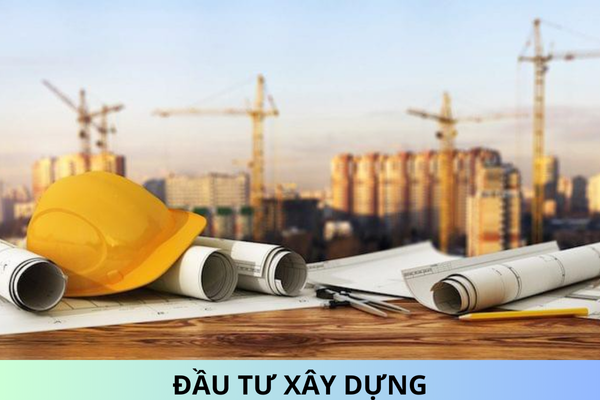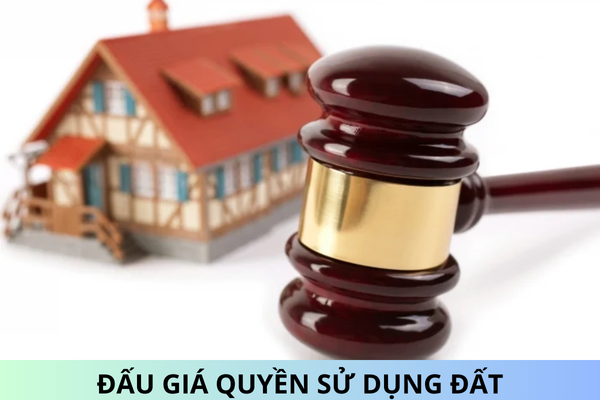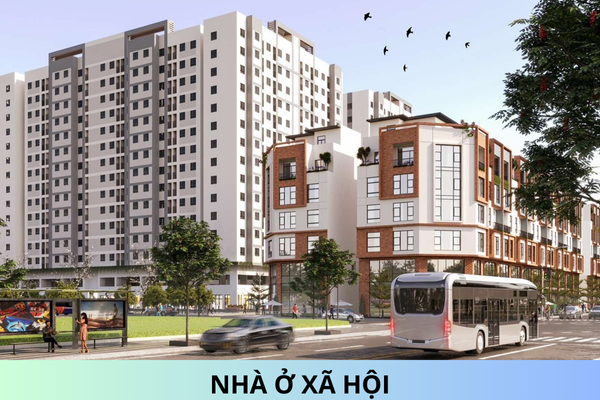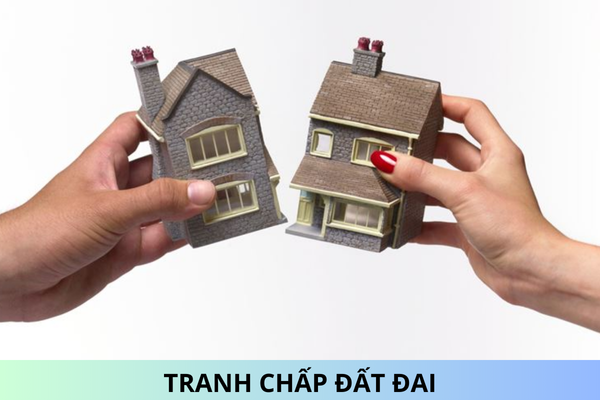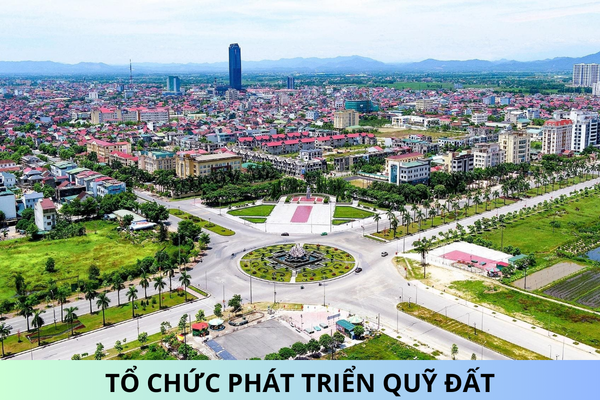Guidelines on criteria for identifying temporary and dilapidated houses in Vietnam in 2025
Guidelines on criteria for identifying temporary and dilapidated houses in Vietnam in 2025
On January 20, 2025, the Minister of Construction issued Decision 55/QD-BXD in 2025 guiding the criteria for identifying temporary and dilapidated houses.
Article 1 of Decision 55/QD-BXD in 2025 stipulates that the criteria for identifying temporary and dilapidated houses are that such houses are built on non-disputed homestead land and meet one of the following criteria:
[1] In terms of housing area
- For single persons, the area is less than 18 m².
- For households, the area is less than 30 m² and the average area per person is less than 8 m².
[2] In terms of housing structure
A house is considered to have a non-durable structure if it has at least two of the three main structures, including foundation - base, frame - wall, roof, made from materials that are non-durable and do not ensure safety for users. A non-durable structure is one that does not fall under the following cases:
- Foundation - base made from materials that increase the rigidity of the ground such as: cement-sand mortar, concrete, reinforced concrete, bricks, stones, tiles, wood.
- Frame - wall includes the system of frames, columns, walls, including foundational support. Here, frames and columns are made from materials: reinforced concrete, iron, steel, durable wood; walls made from bricks, stones, or durable wood, metal.
- Roof includes the roof supporting system and the roof itself. The roof support system is made from materials: reinforced concrete, iron, steel, durable wood; the roof is made from reinforced concrete or tiles.
A roof made of simulated tile corrugated iron, cold steel, insulated sheet, steel tile, and has a strong supporting structure (iron, steel, durable wood frame) securely linked to the walls and reinforced concrete columns is considered a durable material.
[3] In terms of usage time
A house built with durable materials is one that has been in use for 20 years or more, has not been renovated or repaired, and is currently degraded, damaged, and does not ensure safety when in use.
[4] Regarding other criteria (if any) such as: functional spaces (kitchen, sanitation), technical systems in the house (electricity, water supply), fire safety, etc., depending on the actual local situation, the People's Committees of the provinces or centrally-run cities shall consider and decide.
Depending on actual conditions, the housing components stipulated in clause 2 of this Article may be made from local materials of equivalent quality as determined by local specialized agencies in terms of specific types and approved or authorized for approval by the provincial People's Committee to the Department of Construction.
Note: Does not fall into cases where housing must be demolished according to the provisions at points c and d of clause 1 of Article 136 of the Housing Law 2023, points a, c, d, and dd of clause 1 of Article 118 of the Construction Law 2014 (as amended and supplemented in clause 44 of Article 1 of the Amended Construction Law 2020)
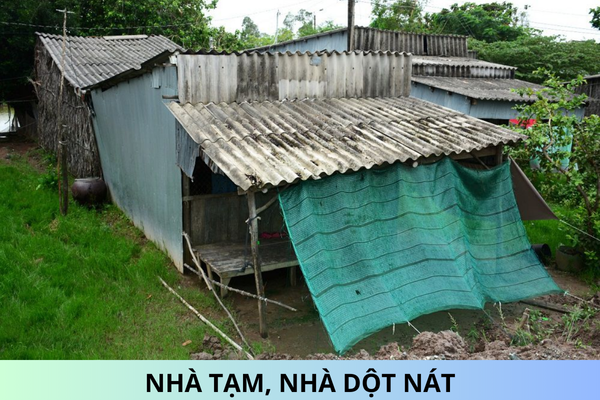
Guidelines on criteria for identifying temporary and dilapidated houses in Vietnam in 2025 (Image from the Internet)
In what cases must a house in Vietnam be demolished?
In accordance with Article 136 of the Housing Law 2023, the following regulations are the circumstances under which housing must be demolished:
Article 136. Circumstances for Housing Demolition
- Circumstances for which housing must be demolished include:
a) Housing that is severely damaged, at risk of collapse, and does not ensure the safety of users as concluded by quality inspections by the provincial housing management authority where the housing is located, or in emergency situations, for disaster prevention and control;
b) Condominiums required to be demolished as stipulated in clause 2, Article 59 of this Law;
c) Housing that needs to be cleared to reclaim land as decided by competent state authorities;
d) Housing built in forbidden construction areas or on non-homestead land as per approved planning;
dd) Other circumstances for housing demolition in accordance with construction law beyond those specified in points a, b, c, and d of this clause.
- The demolition of housing stipulated in clause 1 of this Article is carried out in accordance with this Law and construction law.
Thus, housing must be demolished in the following circumstances:
- Housing that is severely damaged, at risk of collapse, and does not ensure user safety, with a quality assessment concluded by provincial housing management authorities, or in an emergency situation, for disaster prevention and control
- Condominiums required to be demolished
- Housing that needs to be cleared to reclaim land as decided by competent state authorities
- Housing built in forbidden construction areas or on non-homestead land as per approved planning
- Other circumstances for housing demolition as defined by construction law beyond the above-mentioned categories
What are requirements for housing demolition in Vietnam?
Based on Article 138 of the Housing Law 2023, the requirements when demolishing housing are as follows:
- Persons and property must be removed from the demolition area.
- Signs and isolating solutions from the surrounding areas must be in place.
- Ensure the safety of people, properties, surrounding structures, technical infrastructure, social infrastructure that is not under demolition, and ensure hygiene and the environment according to the law.
- In cases where a demolition plan is required by construction law, the owner, manager, user, or real estate project developer must formulate a demolition plan before execution.
- Demolition of housing in residential areas is not allowed from 12:00 to 13:00 and from 22:00 to 05:00, except in emergency situations.

